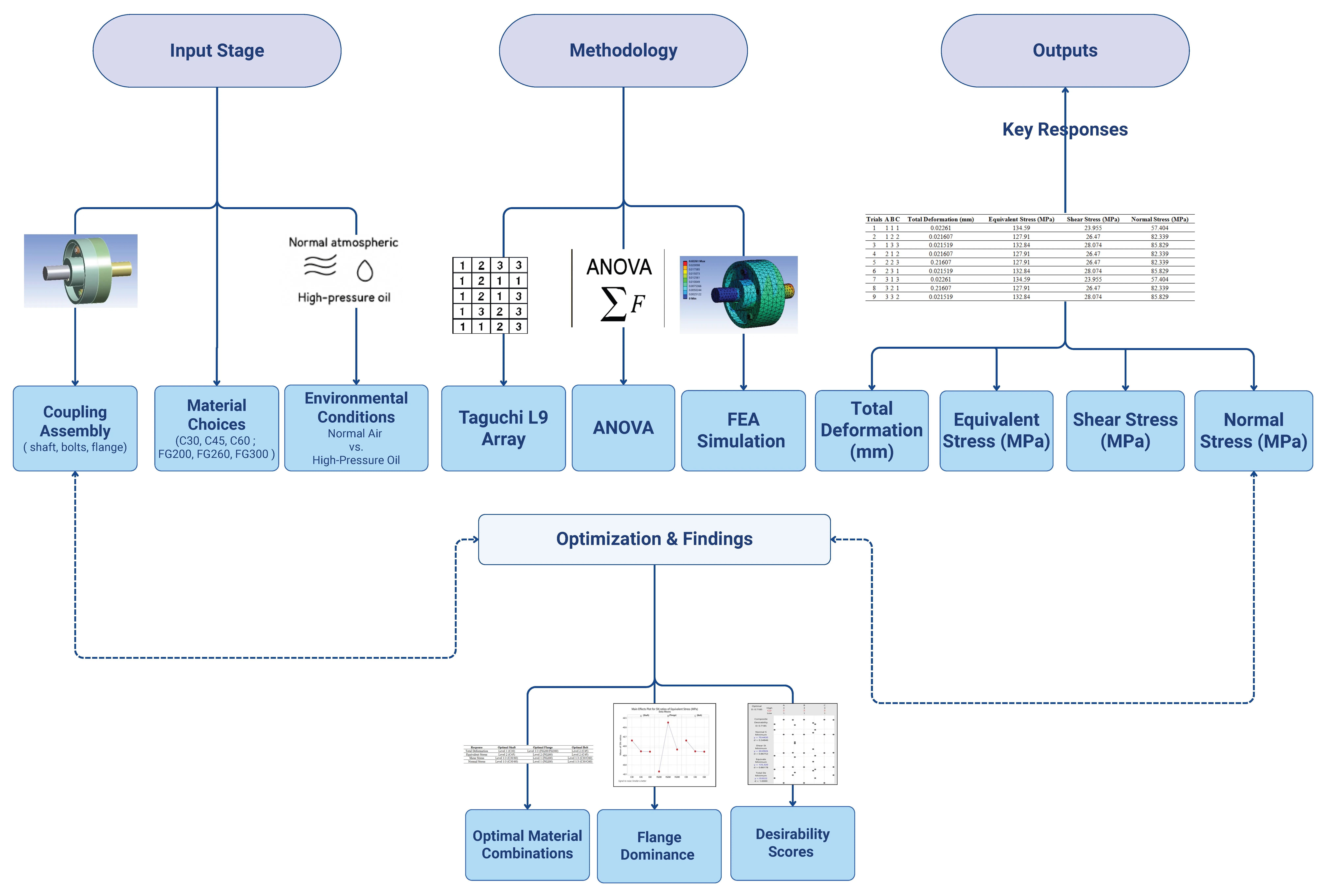Found 469 results
Open Access
Article
23 September 2025Techno-Economic Evaluation of Vegetated Swales for Urban Stormwater Management in South Australia
Urban stormwater runoff continues to challenge cities worldwide due to increasing impervious surfaces and intensified rainfall from climate change. Swales—vegetated conveyance channels designed to manage runoff volume and quality—offer a nature-based solution that integrates hydrological function, ecological enhancement, and cost-effectiveness. This study investigates the performance and lifecycle economics of swale systems using a case study in South Australia. A MUSICX model simulation was conducted to quantify pollutant removal and flow reduction, and lifecycle costing was performed to evaluate construction and annual maintenance requirements. Results indicate exceptionally high treatment efficiencies, with over 99% removal of total suspended solids, nitrogen, phosphorus, and gross pollutants, and a 99.09% reduction in runoff volume. The total capital cost of the swale network was estimated at $19,726.50, with annual maintenance at $6157.49. Economic benefits from pollutant removal and avoided downstream treatment were valued at $14,874 per year, demonstrating a favorable benefit-cost profile. The findings underscore the potential of well-designed swales to function as cost-effective, modular components of decentralized stormwater management systems. These results contribute evidence supporting the broader integration of swales into urban planning, particularly in water-sensitive design frameworks seeking to achieve sustainability, climate adaptation, and SDG-aligned outcomes.
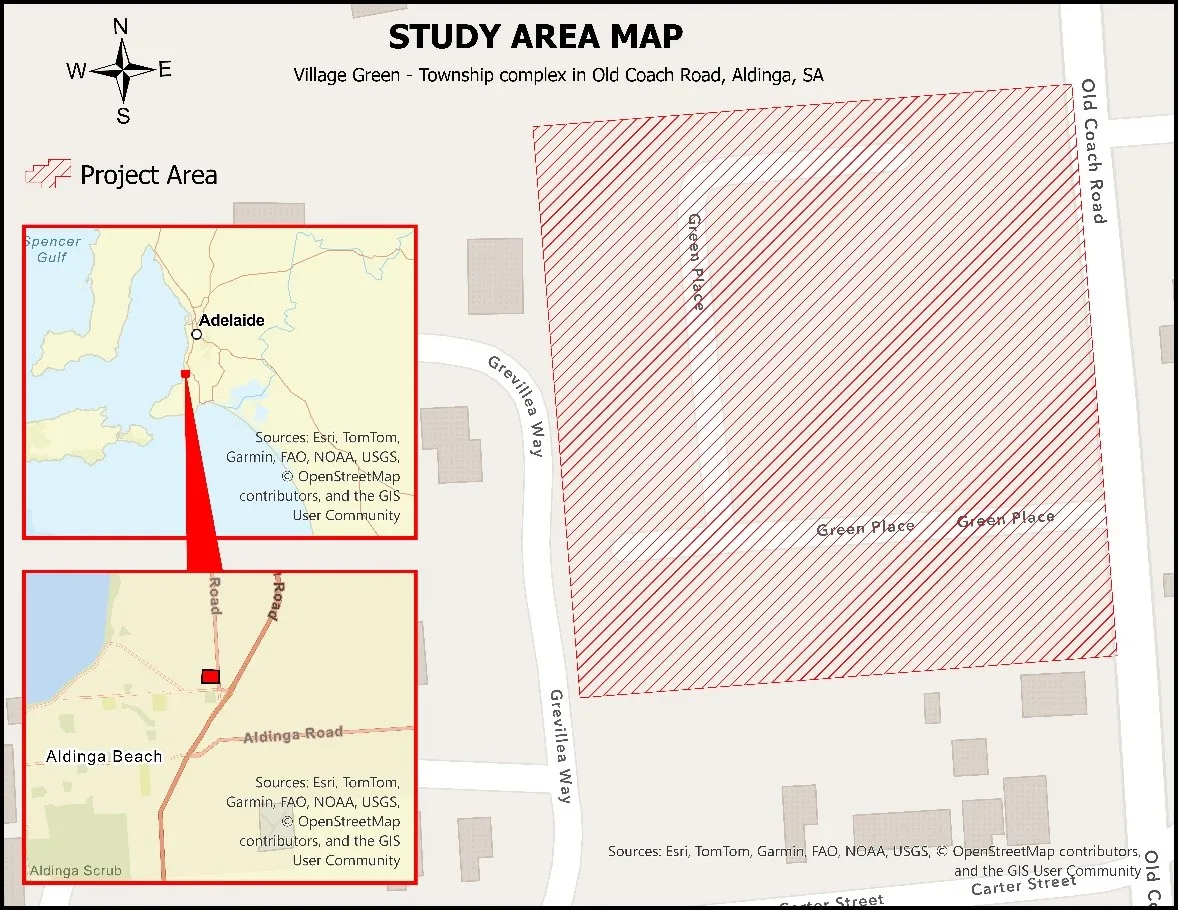
Open Access
Review
18 September 2025Programmable Multiplex Genome Editing: Innovations in CRISPR Effectors, crRNA Engineering, and Delivery Strategies
The discovery of CRISPR based technologies has transformed genome engineering and synthetic biology. With advancements in the ability to do multiplex genome editing, it is now emerging as an ideal approach for trait stacking to improve crops, functional genomics, and complex metabolic engineering in various biological systems. This review discusses engineering and optimization of the latest CRISPR effectors for scalable and precise multiplex editing, ranging from well-known systems like Cas9 and Cas12 variants, to newer, smaller variants such as CasMINI, Cas12j2, and Cas12k. We highlight how the emergence of base editors and prime editors enabled efficient editing across multiple loci without double strand breaks. We also elaborate on the expression and processing strategies of crRNA arrays, which are central to any multiplexing approach. These include tRNA-based and ribozyme-mediated methods, synthetic modular designs, and AI-optimized guide RNAs tailored to diverse systems. Additionally, we assess next-generation delivery platforms such as lipid nanoparticles, virus-like particles, and metal-organic frameworks that overcome conventional barriers in in vivo applications. This review provides a critical take on technological advances enabling precise, high-throughput, and programmable multiplex genome editing across biological systems, setting the foundation for future innovations in synthetic biology, crop improvement, and therapeutic intervention in multigene diseases.
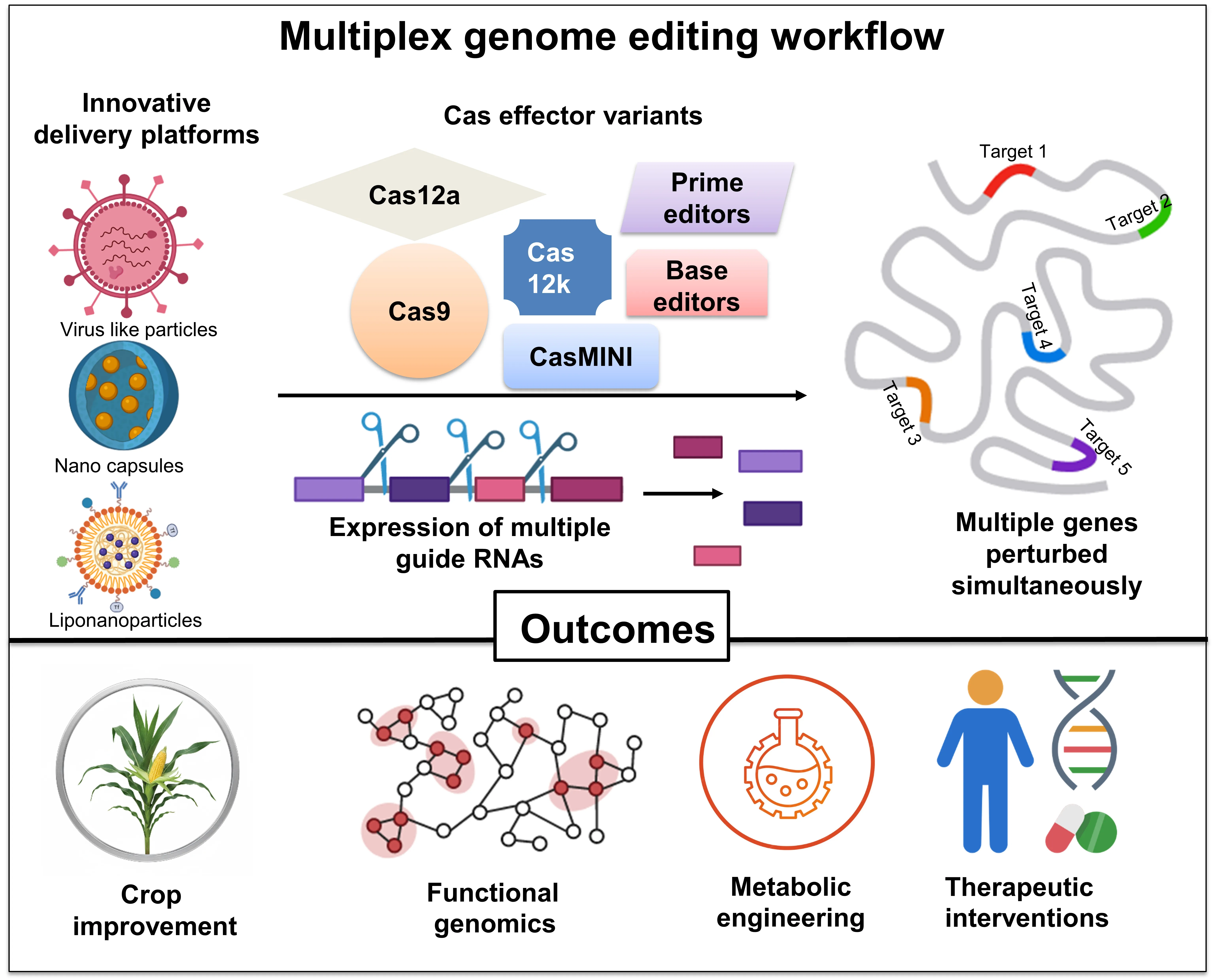
Open Access
Article
17 September 2025A Quadrotor Simulation and Research Platform
The quadrotor is an underactuated, nonlinear system that presents significant challenges in both modeling and control design. This work develops a decoupled control framework based on the translational (Newtonian) and rotational (Eulerian) dynamics of the quadrotor. A Linear Quadratic Gaussian (LQG) regulator is implemented for control, with two extended Kalman filters employed for state estimation in the respective dynamic subsystems. The full design process, from dynamic modeling to flight simulation presented in detail. Key elements include nonlinear simulation, model linearization, state-space representation, feedforward compensation, Linear Quadratic Regulator (LQR) gain tuning, actuator dynamics, sensor noise, LQG design, and extended Kalman filter. The limitations of applying linear control to a nonlinear system are also presented.

Open Access
Article
17 September 2025An Approach to Simulation & Navigation of Autonomous Unmanned Aerial Vehicle in 3D
Drone simulation refers to the emulation of Unmanned Aerial Vehicles (UAVs) in a virtual environment, replicating real-world conditions to study and test the behavior, performance, and functionalities of drones. This paper explores the simulation of UAVs in the Unreal Engine environment using MAVProxy (Micro Air Vehicle Proxy) and the Python library DroneKit. By leveraging the computational capabilities of computers, this approach enables precise visualization and control of UAV flight dynamics in three dimensions. The use of Blueprints in Unreal Engine facilitates a cost-effective and accessible simulation process, allowing engineers and scientists to refine their UAV designs before real-world deployment. Results show the applicability of this approach vs. different environments, where an alternative approach also emerges as a viable option for visualizing textured buildings. This approach shows the power of open-source collaboration in advancing innovative solutions in the dynamic field of science and technology.
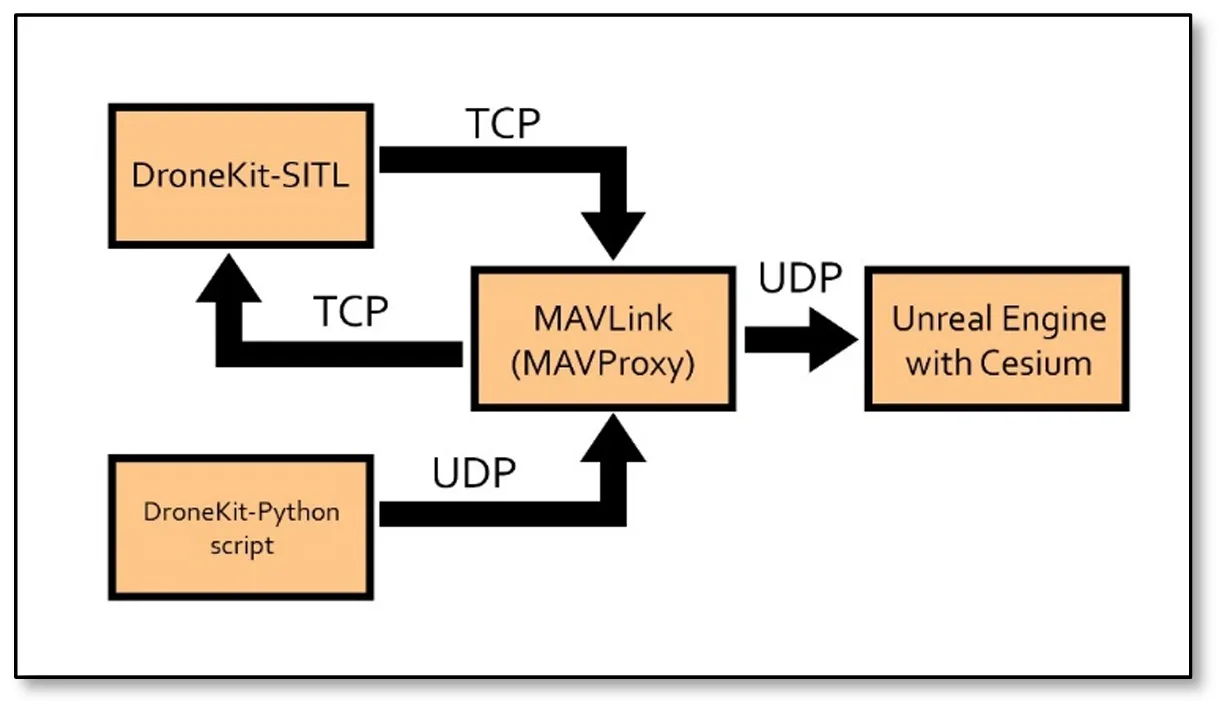
Open Access
Article
17 September 2025Carbon Emission Rights as a New Form of Usufructuary Right
The debate surrounding the legal nature of carbon emission rights arises from the tension between their dual characteristics of public and private law, which challenges traditional property rights theory. This tension has led to conflicts regarding the effectiveness of legal frameworks, fragmented regulations, and a crisis of institutional trust within the carbon market. Carbon emission rights should be redefined as a novel form of usufructuary right, with ecological capacity resources—owned by the state—serving as the object. These rights are realized through digitalization and specificity enabled by blockchain technology. Their powers and functions can be understood as twofold: the power of quota control, which falls under public law constraints, and the power of ecological benefits, which exists within private law autonomy. The former limits the boundaries of private rights by ecological thresholds, while the latter translates ecological value into non-possession benefits. To address these issues, a “two-stage governance” system can be established through a dynamic interpretation of Article 329 of the Civil Code of the People’s Republic of China (2020), creating a registration system and enacting specialized legislation for Carbon Emission Rights Trading. By conceptualizing carbon emission rights as a new type of usufructuary right, the contradictions between public and private law can be reconciled, enabling the transition of the carbon market from a policy-driven to a rights- and law-based operation.
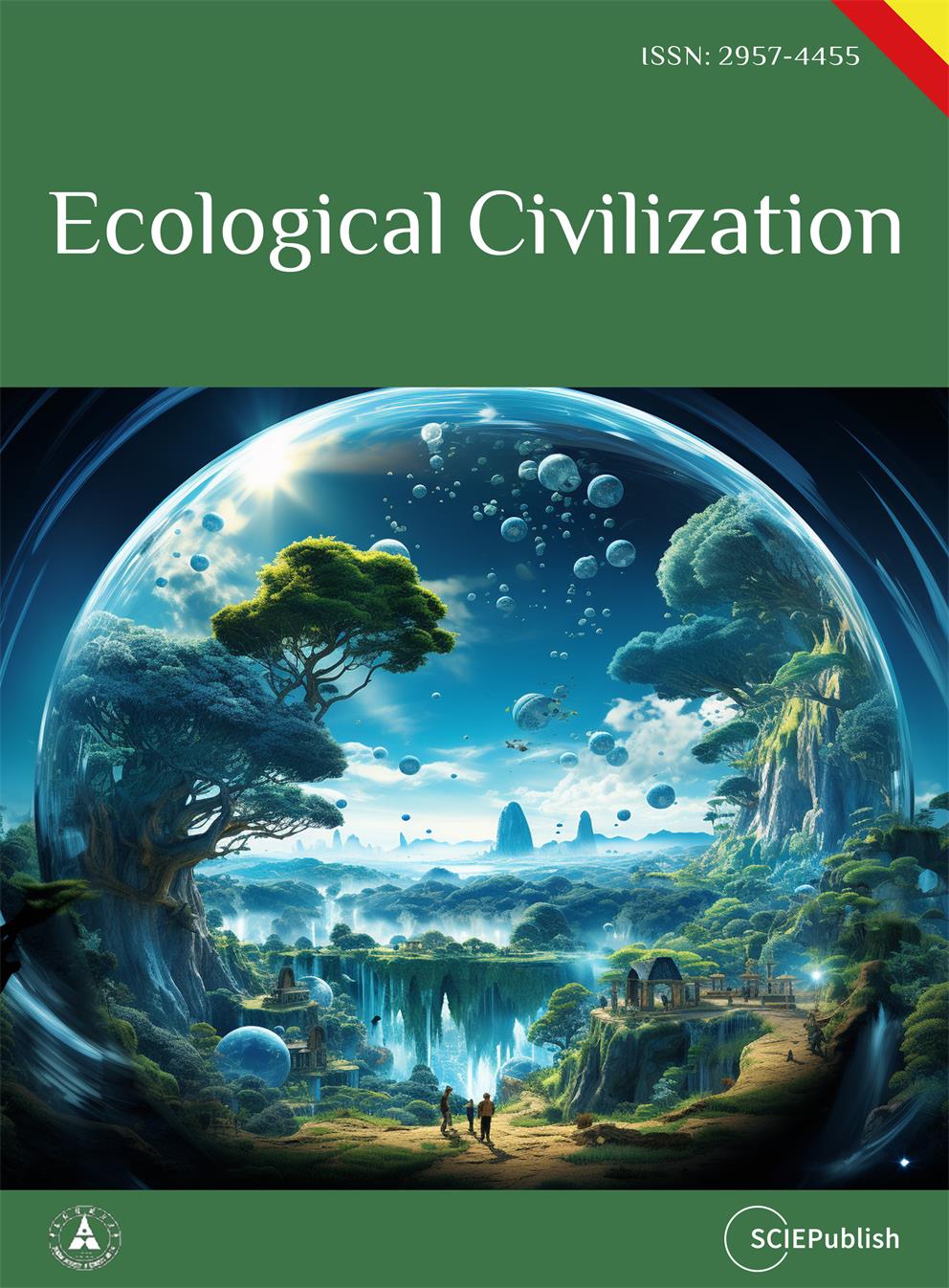
Open Access
Commentary
17 September 2025Shades of Grey: A Continuum of Biodiversity Understanding from Dark to Bright Diversity
This commentary introduces a conceptual framework that reinterprets biodiversity assessment as a continuum, spanning from Dark diversity, representing the unobserved or uncolonized potential of species ecologically suited to a system, to Bright diversity, conceived as an aspirational, fully integrated upper bound of biodiversity knowledge. Bright diversity encompasses not only observed components and their intricate interactions, but also a profound understanding of the reasons for species' presence or absence, including the inferred insights from Dark diversity across taxonomic, functional, phylogenetic, and genetic facets. Situated in between is Grey diversity, which characterizes the predominant state of partial knowledge and inherent uncertainty in real-world ecological assessments as an epistemic gradient. By delineating this epistemological gradient, the framework offers a heuristic tool for ecologists and conservationists to critically evaluate the clarity, completeness, and uncertainty embedded in biodiversity data, and an operational basis for “epistemic cartography”, i.e., the spatial mapping of knowledge sufficiency and uncertainty. It facilitates the identification of knowledge gaps, guides research priorities, and informs conservation actions, especially under conditions of incomplete information, through a compact workflow and transparent indicators. This conceptual spectrum serves as both an epistemological reflection and a practical guide for advancing biodiversity science, while outlining a forward-looking agenda that leverages multi-faceted “bands of biodiversity knowledge” to support robust biodiversity planning.
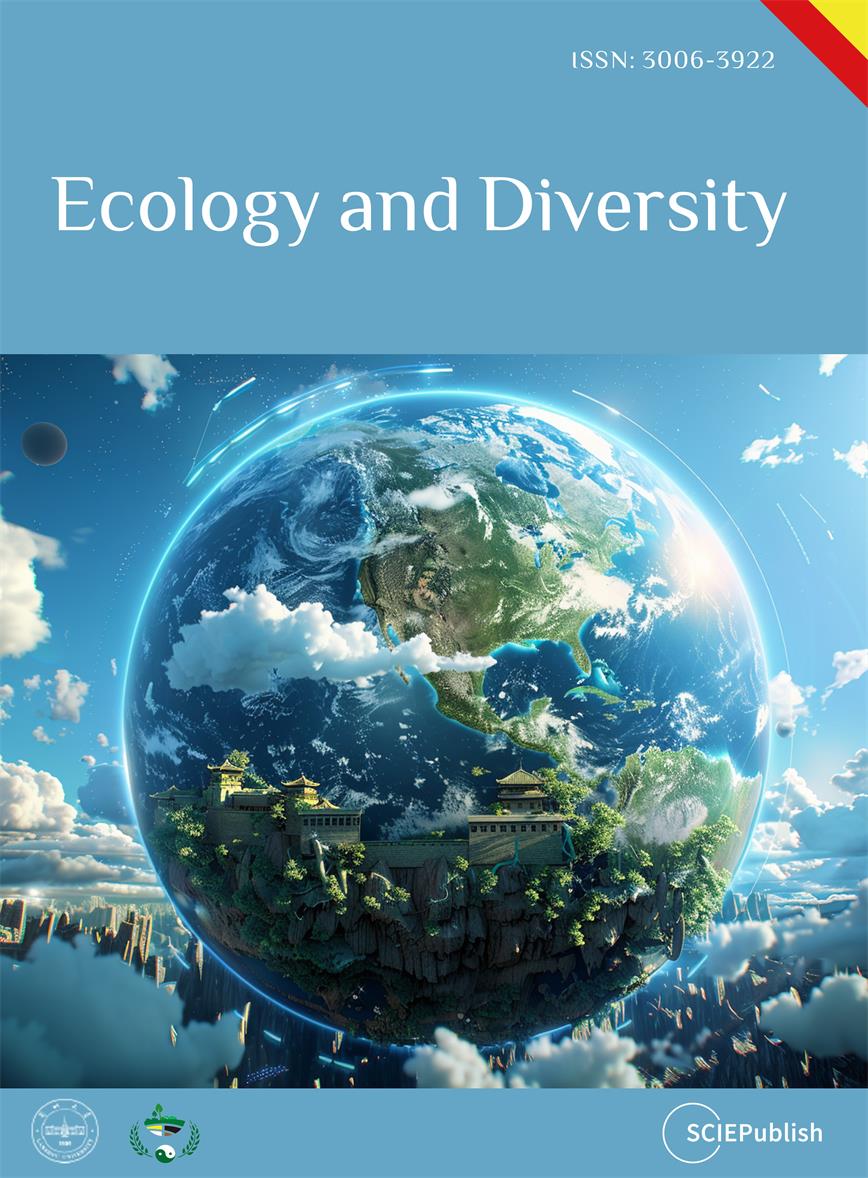
Open Access
Article
16 September 2025Forensic Psychology and Gender Violence from a Developmental Perspective: Developmental Trajectories in Victims and Aggressors
This article proposes a theoretical and empirical integration between forensic psychology and developmental theory to understand gender violence from a developmental perspective. From an interdisciplinary approach, the life trajectories of both victims and perpetrators are analyzed, taking into account individual, family, and social factors that shape their vulnerability and persistence in contexts of violence. Key explanatory models of criminal behavior—such as social learning theory, moral development, and distorted cognitive schemas—are reviewed, as well as the psychopathological consequences of chronic trauma, including complex post-traumatic stress disorder and learned helplessness. Trajectory analysis shows that childhood and adolescence represent critical stages where multiple risk factors converge: neglect, exposure to violence, dysfunctional attachment patterns, and coercive socialization. These elements are associated with an increased risk of victimization or aggression, and may become persistent if interventions are not implemented during critical developmental periods. Empirical data from longitudinal studies that corroborate the relationship between early adversity and later involvement in violent dynamics are presented, and paradigmatic cases are discussed from a forensic perspective. Finally, the implications of the developmental approach for intervention, expert assessment, and public policy formulation are highlighted. It advocates the implementation of programs differentiated by life stage, the strengthening of primary prevention, and the inclusion of biographical antecedents in forensic psychological reports. This model offers a more complex, contextualized, and transformative understanding of gender violence, with high practical value for clinical, legal, and social settings.
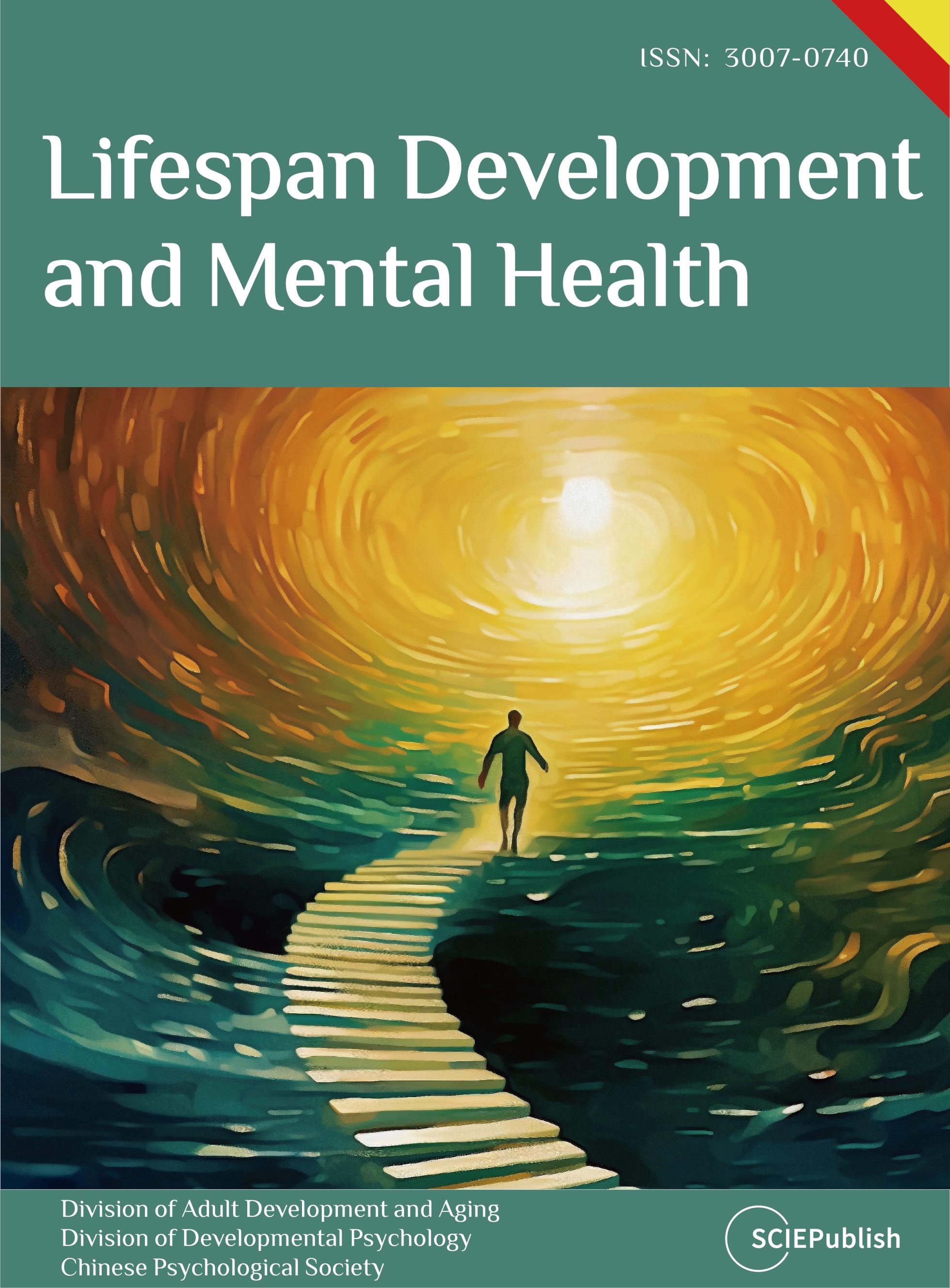
Open Access
Article
12 September 2025Polymer Composites Based on Natural Minerals with Different Compositions and Their Strength Indicators
The presented scientific research work is dedicated to solving the problem of obtaining polymer composite materials with various superior operational properties based on polyolefins and a number of natural mineral rocks characterized by their corresponding characteristics, and investigating the application possibilities of the created materials. In this regard, local natural mineral resources are prepared for research in laboratory conditions through technological processes and mixed with a polymer matrix using a physical-mechanical method. The resulting mixture is brought to a ready state for research and is introduced into the process. Composite samples created on the basis of polyolefin and mineral rock are sent for research in accordance with different ratios of the components that make up the composite. The goal is to find the optimal ratio and determine the material that reflects higher quality criteria. Research conducted in this direction has yielded positive results. Research work that meets the requirements of modern chemical science can be considered satisfactory from an ecological and economic perspective.
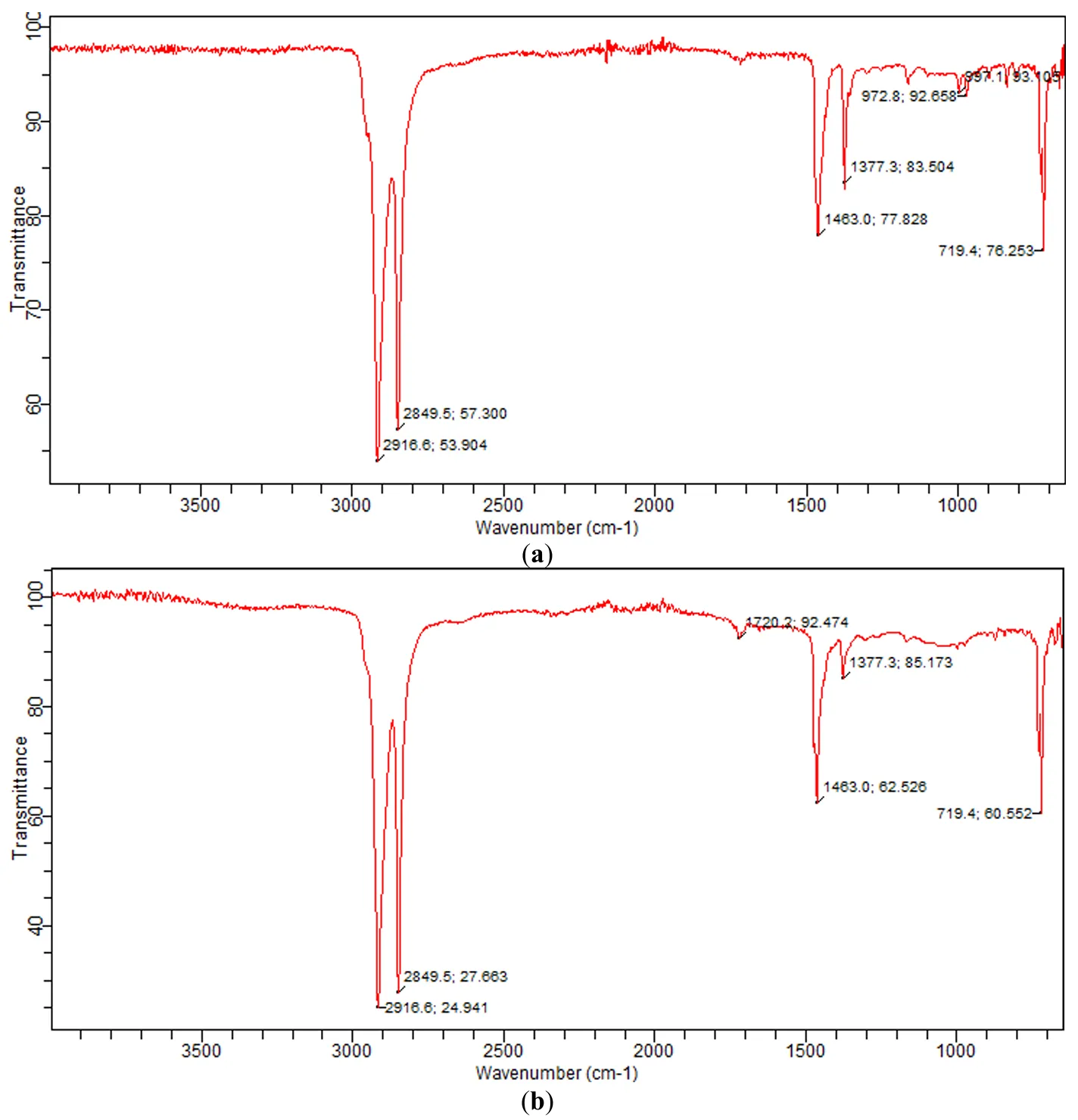
Open Access
Article
11 September 2025Investigation of Structure of the High-Entropy Alloy Al0.5CoCrCuFeNi
A detailed examination of the structure of the high-entropy alloy Al0.5CoCrCuFeNi at room temperature was carried out using different methods of optical microscopy, electron microscopy and X-ray structural analysis techniques. Numerical estimates of the dislocation density ∼5⋅1015 m−2, the mean size of the ordered (crystalline) domains ~18 nm and lattice micro strain ∼3⋅10−3 were obtained through Williamson-Hall analysis of XRD patterns. The estimates of the dislocation density were found to correlate with the estimates of the total length of dislocation segments per unit volume, which effectively interact with elastic vibrations of the sample ∼4⋅1013 m−2, as previously determined from acoustic relaxation measurements. This is consistent with the idea that a significant portion of dislocations are concentrated in grain boundaries, and only dislocation segments located inside grains and having a favourable orientation with respect to the direction of sound wave propagation can effectively interact with cyclic deformation of the sample.
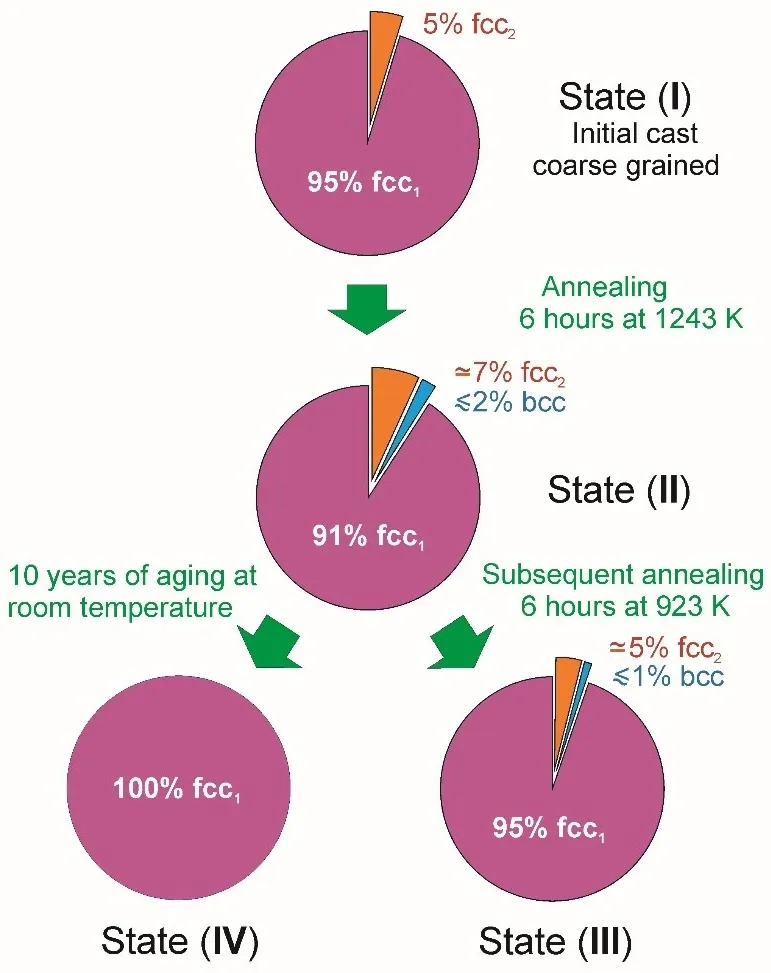
Open Access
Article
09 September 2025Multi-Response Optimization of Rigid Flange Coupling Using Taguchi Design, ANOVA, and FEA in Dual Environmental Conditions
This study investigates the mechanical behaviour and optimization of rigid flange couplings operating under two distinct environmental conditions: normal atmospheric air and high-pressure oil surroundings. A Taguchi L9 orthogonal array was employed to evaluate material combinations for the shaft, flange, and bolt based on four mechanical responses: total deformation, equivalent stress, shear stress, and normal stress. Analysis of variance (ANOVA) and regression modelling were used to identify significant parameters, with flange material consistently emerging as the most influential factor. Desirability analysis was conducted to determine the optimal material configurations for each environment. Under atmospheric conditions, the combination of C30 shaft, FG200 flange, and C45 bolt achieved a composite desirability of 0.6667. In high-pressure oil conditions, the optimal configuration was C45 shaft, FG260 flange, and C45 bolt, with a desirability of 0.7185. These optimal settings, not present in the original matrix, were independently validated using finite element analysis (FEA). The comparison between regression predictions and FEA results showed strong agreement, with a maximum percentage error of 6.02%, within acceptable engineering limits. This study confirms that environmental pressure significantly influences coupling performance and that material selection should be tailored accordingly. The integration of statistical optimization and simulation offers a robust framework for designing couplings in pressure-sensitive applications.
